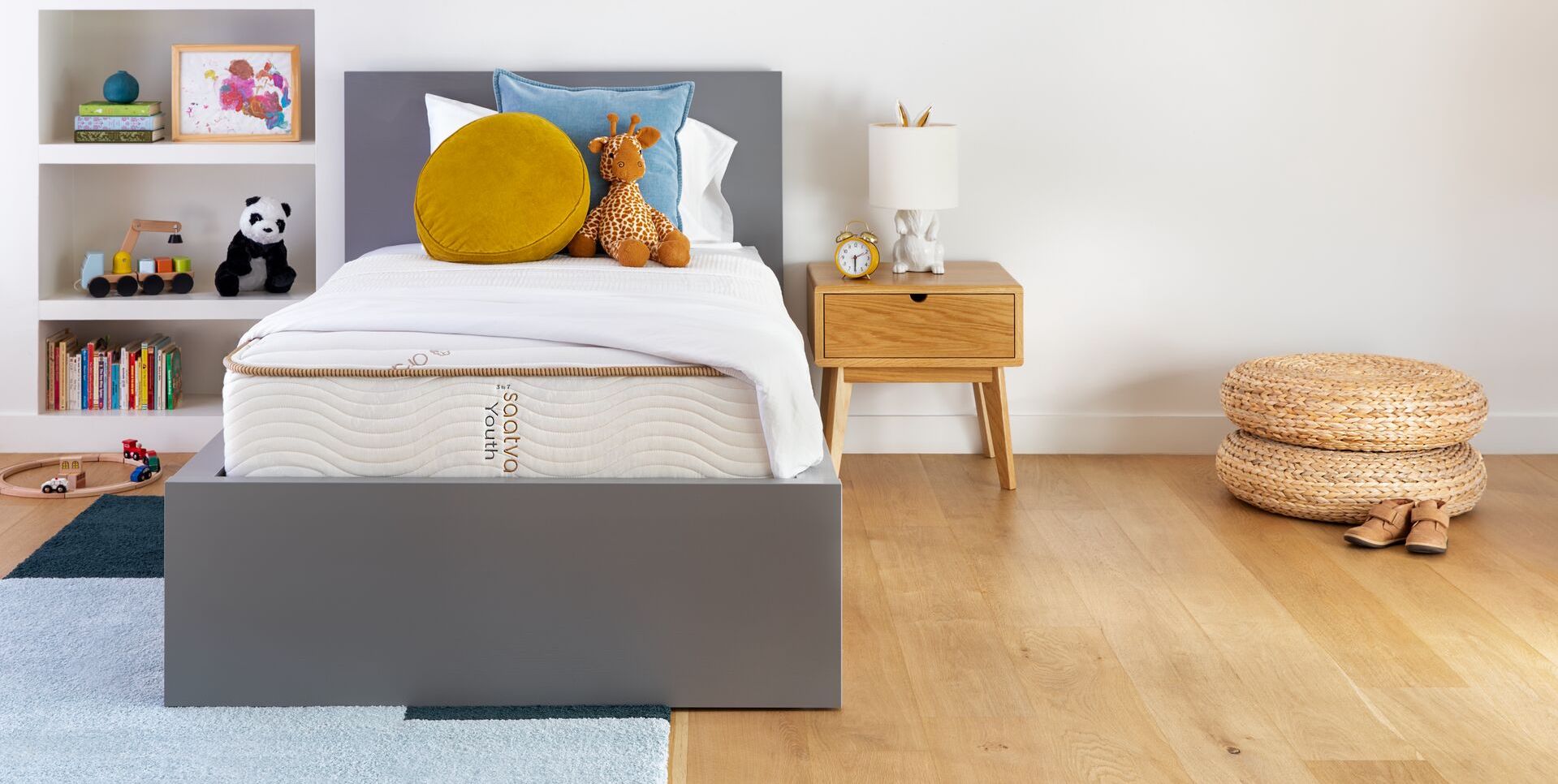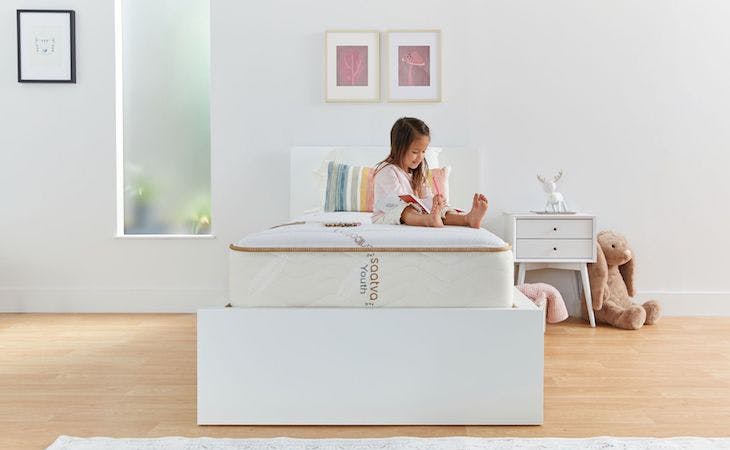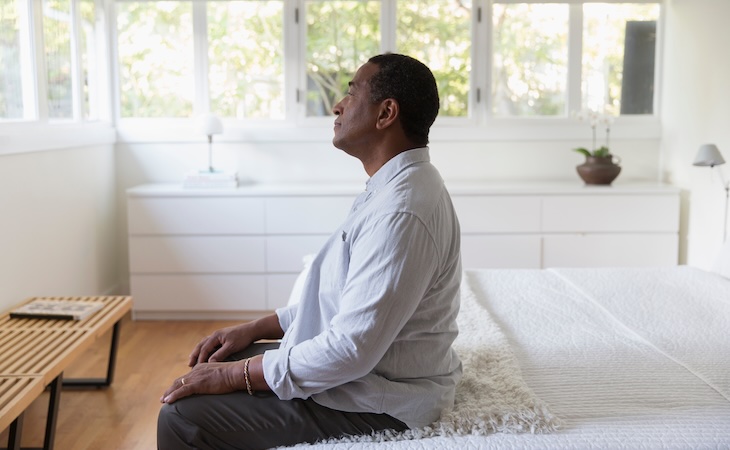Children always have those “firsts” that can be bittersweet to witness as a parent. Their first steps. Their first day of school. And then there’s that moment when you realize that your baby isn’t quite a baby anymore and is ready for a “big kid” room.
When the time comes to make this transition, where should you start? How should you set everything up? Should you involve your little one when picking out furniture and décor?
We’ve put together this guide to help you out.
Transitioning a nursery into a “big kid” room
Lynelle Schneeberg, PsyD, pediatric sleep psychologist and a fellow of the American Academy of Sleep Medicine, says safety should be top of mind when shifting a nursery to a “big kid” room.
As she shares in a blog post on her website, “There are so many reasons why you might want to make sure that your preschool and school-aged child’s bedroom is very safe. Perhaps your child is about to make the transition from a crib to a bed or has begun to sleepwalk at night. Maybe you’d like to be able to leave your preschool child in his or her room to play for just a few minutes while you tend to another child. Or, maybe you just want to make sure you’ve dotted your I’s and crossed your T’s where safety in your child’s room is concerned.”
In her post, she recommends safety measures like nonslip pads under rugs, removing electronics, and planning fire escape options, among other suggestions.
As for the furnishings and décor in the room, Sara Malek Barney, owner and principal Designer at BANDD Design Interiors in Austin, Texas, knows how to outfit a “big kid” room based on personal experience.
“Speaking as a mom who had her 13-month-old scaling out of her crib on a regular basis, we had to transition to a ‘big kid’ room way earlier than I ever expected,” she says.
You might be wondering: When, exactly, is the right time to make this transition?
“I think that when a child is about 2 years old, then it’s a good time to start transitioning their nursery into a ‘big kid’ room,” says Malek Barney. “But that being said, every kid is so different. We moved both of our kids out of their cribs before they were 2, but both were done out of necessity, not because any of us wanted to. Looking back though, I think it gave them an early sense of independence that has carried through with them in their elementary years.”
The National Sleep Foundation shares a set of guidelines when considering a bed for your toddler. You can ponder questions like, “Can my child climb out of the crib? Is my toddler potty training? Is my child too big for the crib? Do I need the crib for another baby?”
If the answer is yes to any of these questions, it just might be time for that “big kid” room. Here, Malek Barney shares her expertise in making the room comfortable and complete.
Gather essentials
Malek Barney recommends placing your child’s bed in a corner so you can make more space for playtime. “It’s also a safer option for kids who roll around a lot in their sleep,” she adds. She goes on to say that incorporating functional furniture with built-in storage, such as a nightstand with drawers or a bed with space underneath, is a plus “so that you can store toys and games when they aren’t being used.”
The designer has some essentials for a toddler room. They include: “a

Our dual-sided nontoxic crib mattress for little ones
, a dresser to store clothes, a place to showcase favorite toys and knick-knacks, and accents that highlight the child’s personality and interests.
“Go for a dresser that has more horizontal space rather than vertical so that your child can reach high enough to get into drawers,” says Malek Barney. “Plus, this leaves you with more space to use on top of the dresser for miscellaneous items such as stuffed animals, games, toys, and décor.”
Include storage solutions
“Storage is so important for kids of all ages, especially when they’re in their toy-hoarding phases,” Malek Barney observes. “It’s super-helpful to have baskets and bins around the room that they can throw their toys into when they’re not using them. Any sort of shelving, whether that be a bookcase or floating shelves, is a game-changer when it comes to storing all those books and toys.”
Leave space for playtime
In addition to placing the bed in the corner, you can also consider using light, moveable furniture such as accent chairs and storage baskets that can be easily pushed out of the way, as Malek Barney advises.
Change up the decor
“I love using fun, playful wallpapers, especially in children’s rooms,” Malek Barney shares. “Be sure that you choose a pattern and texture that will work with the space over time. As your child’s preferences change, you can easily swap out duvet covers, accent pillows, smaller and inexpensive wall decor, frames, and knick-knacks to fit their age and interests.”
Another way to weave your child’s personality into their “big kid” room? Ask him or her to shop with you! Malek Barney believes that “it’s a great way for them to express their little personalities and have a buy-in to the transition.”
She says, “I feel that allowing the child to explain what color scheme they like and what theme, such as their hobbies or interests, is enough to design a room that they’ll love. But it is important for the parent to choose the majority of the furniture if not all of it because they want to make sure that these pieces will last over time and be used throughout the different stages of their young life.”
As your child picks out his or her favorite colors and patterns for their “big kid” room, you’ll no doubt be proud of them and realize that they are becoming little grown-ups before your eyes.
Not sure which mattress is right for your growing child? Here’s how to choose the best kids’ mattress.




